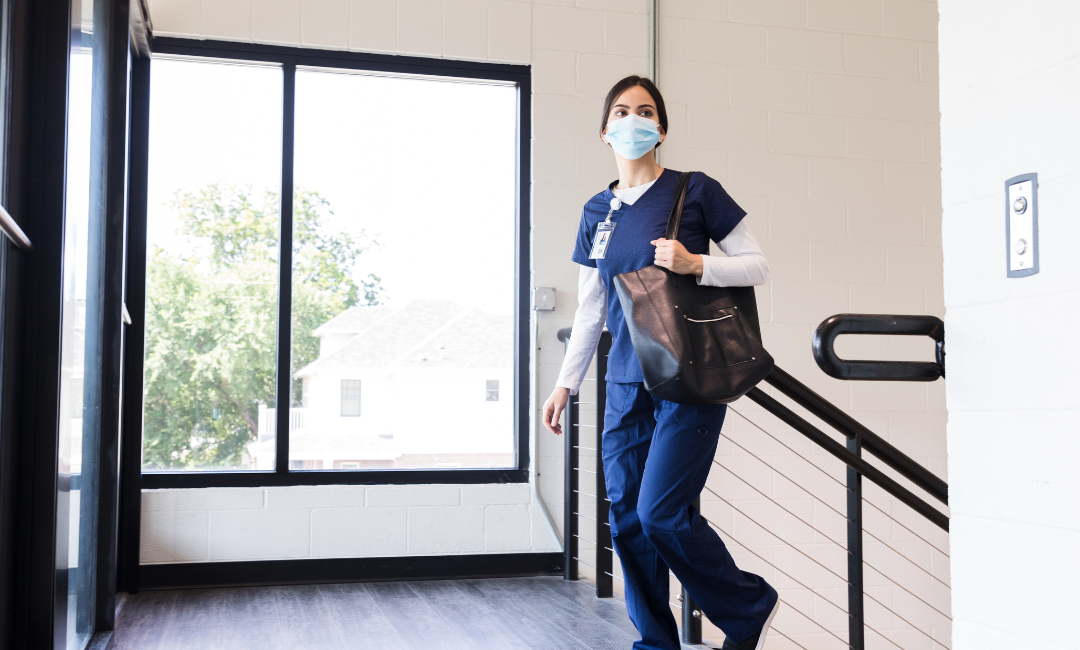Preparing for the Worst
Adding to emergencies, I have found the phrase “expect the worse and hope for the best,” to be something I still use and share with students.
The reasoning behind this is every patient is assumed to have an emergency until proven otherwise.
A patient with chest pain is assumed to have a heart attack until an EKG is done. A patient with right sided abdominal pain is assumed to have a ruptured appendix until a CT is done.
Anticipating the worst is what the ER does.
Unfortunately, expecting the worst in people is something that can occur too.
People don’t come to the ER because they are in a good mood. They are often hurting, thinking something is seriously wrong.
They may have been going about their day and one of their physicians called to tell them they needed to report to the ER for one reason or another.
People are not happy to be in the ER, so anticipating and understanding their frustration can help ER nurses be ready to put on a smile and do what they can to ease the underlying fear or frustration.










